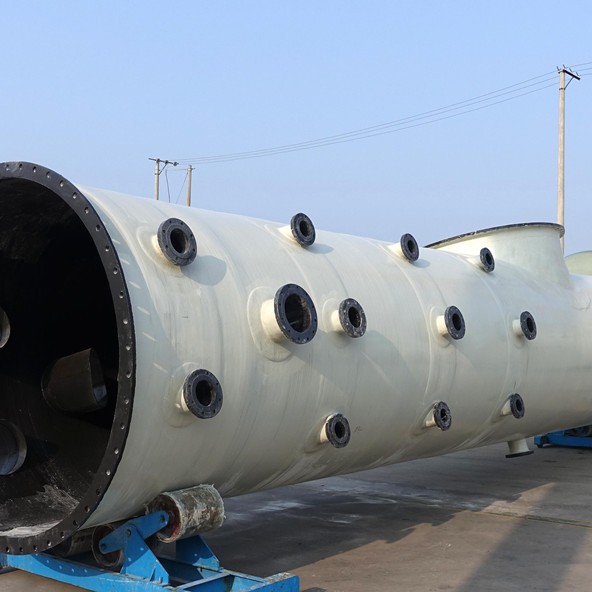
-
 Afrikaans
Afrikaans -
 Albanian
Albanian -
 Amharic
Amharic -
 Arabic
Arabic -
 Armenian
Armenian -
 Azerbaijani
Azerbaijani -
 Basque
Basque -
 Belarusian
Belarusian -
 Bengali
Bengali -
 Bosnian
Bosnian -
 Bulgarian
Bulgarian -
 Catalan
Catalan -
 Cebuano
Cebuano -
 China
China -
 China (Taiwan)
China (Taiwan) -
 Corsican
Corsican -
 Croatian
Croatian -
 Czech
Czech -
 Danish
Danish -
 Dutch
Dutch -
 English
English -
 Esperanto
Esperanto -
 Estonian
Estonian -
 Finnish
Finnish -
 French
French -
 Frisian
Frisian -
 Galician
Galician -
 Georgian
Georgian -
 German
German -
 Greek
Greek -
 Gujarati
Gujarati -
 Haitian Creole
Haitian Creole -
 hausa
hausa -
 hawaiian
hawaiian -
 Hebrew
Hebrew -
 Hindi
Hindi -
 Miao
Miao -
 Hungarian
Hungarian -
 Icelandic
Icelandic -
 igbo
igbo -
 Indonesian
Indonesian -
 irish
irish -
 Italian
Italian -
 Japanese
Japanese -
 Javanese
Javanese -
 Kannada
Kannada -
 kazakh
kazakh -
 Khmer
Khmer -
 Rwandese
Rwandese -
 Korean
Korean -
 Kurdish
Kurdish -
 Kyrgyz
Kyrgyz -
 Lao
Lao -
 Latin
Latin -
 Latvian
Latvian -
 Lithuanian
Lithuanian -
 Luxembourgish
Luxembourgish -
 Macedonian
Macedonian -
 Malgashi
Malgashi -
 Malay
Malay -
 Malayalam
Malayalam -
 Maltese
Maltese -
 Maori
Maori -
 Marathi
Marathi -
 Mongolian
Mongolian -
 Myanmar
Myanmar -
 Nepali
Nepali -
 Norwegian
Norwegian -
 Norwegian
Norwegian -
 Occitan
Occitan -
 Pashto
Pashto -
 Persian
Persian -
 Polish
Polish -
 Portuguese
Portuguese -
 Punjabi
Punjabi -
 Romanian
Romanian -
 Russian
Russian -
 Samoan
Samoan -
 Scottish Gaelic
Scottish Gaelic -
 Serbian
Serbian -
 Sesotho
Sesotho -
 Shona
Shona -
 Sindhi
Sindhi -
 Sinhala
Sinhala -
 Slovak
Slovak -
 Slovenian
Slovenian -
 Somali
Somali -
 Spanish
Spanish -
 Sundanese
Sundanese -
 Swahili
Swahili -
 Swedish
Swedish -
 Tagalog
Tagalog -
 Tajik
Tajik -
 Tamil
Tamil -
 Tatar
Tatar -
 Telugu
Telugu -
 Thai
Thai -
 Turkish
Turkish -
 Turkmen
Turkmen -
 Ukrainian
Ukrainian -
 Urdu
Urdu -
 Uighur
Uighur -
 Uzbek
Uzbek -
 Vietnamese
Vietnamese -
 Welsh
Welsh -
 Bantu
Bantu -
 Yiddish
Yiddish -
 Yoruba
Yoruba -
 Zulu
Zulu
grp clarifier
The GRP Clarifier Innovation in Water Treatment
Water treatment has become an essential aspect of environmental management, particularly in an age where clean water is increasingly scarce. Among the various technologies employed for effective water treatment, the GRP (Glass Reinforced Plastic) clarifier stands out as a remarkable innovation. This article delves into the significance, structure, and benefits of the GRP clarifier in enhancing water quality and efficiency in treatment processes.
Understanding the GRP Clarifier
A GRP clarifier is a type of sedimentation tank designed to allow the separation of suspended solids from liquids, specifically in water treatment applications. The main purpose of this device is to improve the quality of water by reducing turbidity and removing particulate matter. Made from glass reinforced plastic, GRP clarifiers combine lightweight properties with exceptional strength and corrosion resistance, making them ideal for use in various environmental conditions.
The design of a GRP clarifier is engineered to provide optimal flow patterns that enhance the settling process. It usually consists of a large tank where the influent water enters and is distributed evenly across the surface. The slower-moving waters allow solids to settle at the bottom, where they can be removed periodically. This efficiency in design helps maximize the separation of solids and liquids, ensuring clearer effluent flows out of the system.
Benefits of Using GRP Clarifiers
1. Durability and Longevity One of the most significant advantages of GRP clarifiers is their resilience against corrosive environments. Unlike traditional metal clarifiers, GRP clarifiers resist rust and degradation, offering a longer lifespan with minimal maintenance.
2. Weight and Installation Efficiency Being considerably lighter than concrete or metal options, GRP clarifiers are easier to transport and install. This lightweight property reduces transportation costs and simplifies installation processes across various terrains.
grp clarifier

3. Enhanced Performance The design and structure of GRP clarifiers allow for efficient sedimentation. The materials used assure minimal friction loss, which improves water flow rates and increases the overall efficiency of the treatment process.
4. Cost-Effective Solution While the initial investment in GRP technology might be higher than traditional materials, the long-term benefits and reduced maintenance costs lead to significant savings.
5. Flexibility in Applications GRP clarifiers are versatile and can be tailored for a wide variety of applications, ranging from municipal wastewater treatment to industrial processes. This adaptability allows for customized installations that meet specific requirements.
6. Environmental Impact By effectively treating water and enhancing its quality before it is discharged into natural bodies of water, GRP clarifiers play a critical role in protecting ecosystems. Clean water helps in preserving aquatic life and reducing pollution.
Conclusion
As the world grapples with water scarcity and environmental challenges, the need for efficient and effective water treatment solutions has never been more crucial. The GRP clarifier represents a significant leap forward in water treatment technology, combining durability, efficiency, and environmental sustainability. Its advantages make it an attractive choice for municipalities and industries alike, helping to ensure that clean water remains accessible for future generations.
In summary, the GRP clarifier is not just a piece of equipment; it is a vital component of a larger goal to promote sustainable practices in water treatment and preserve our most precious resource—clean water. As more sectors embrace innovative technologies like the GRP clarifier, we move one step closer to a cleaner, healthier planet.









